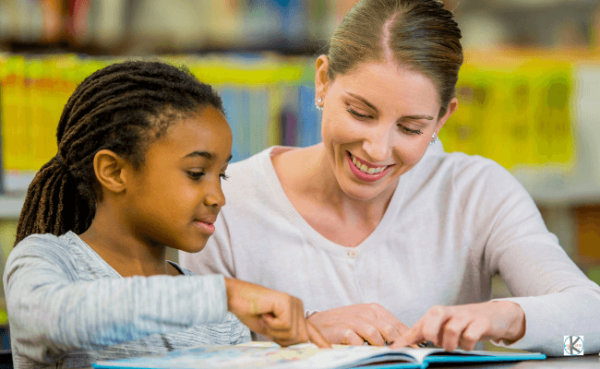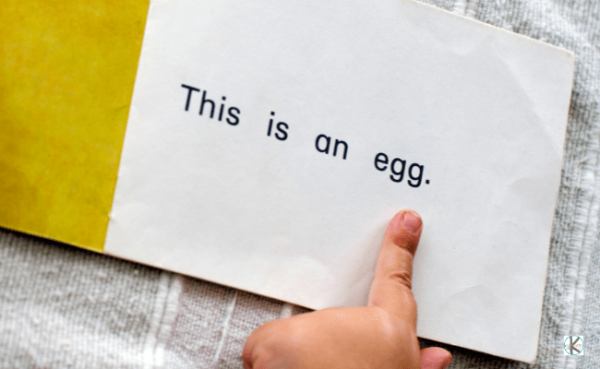

Help pre-k and kindergarten age children begin to put words together using the letter sounds they’ve learned with simple kindergarten CVC words. Not sure what are CVC word? Let us explain why they are important, working on reading cvc words, free printable cvc worksheets, plus lots of cvc words activities for kindergartners too!

Are you looking for some fun and engaging ways to help your students learn their CVC words? You’ve come to the right place! Whether you’re looking for printable worksheets or hands-on activities, we’ve got you covered! In this blog post, we’ll share some of our favorite CVC word activities. Our resources are easy to prep and use and will help your students build a strong foundation in reading. As teachers, we know that it is vital for our students to become strong readers. The process of learning to read is a tricky one. When you think about it, there are so many skills that need to be mastered. This post focuses on CVC words, an important stepping stone to literacy. We have a lot of great CVC word activities to share with you. Before we look at those, let us cover some basic information.

CVC words are simple words that follow a consistent pattern: Consonant-Vowel-Consonant sounds. Examples of CVC words include cat, hat, and stop. CVC words are an excellent starting point for beginning readers. The words are easy to segment into individual sounds and blend together smoothly. This makes them much simpler to read than longer, more complicated words. Once a learner has a good understanding of letter sounds, they can start reading CVC words with ease. This creates an excellent foundation for developing reading skills. Learners who master them will be well on their way to becoming successful readers.

Why are CVC words important? In a nutshell, CVC words are the building blocks of reading. While they may seem simple, these words are essential for early reading and spelling success. Why? Because they help children learn the necessary phonemic awareness skills—skills that lay the foundation for future reading and spelling success. Phonemic awareness is about hearing, identifying, and manipulating individual sounds (or phonemes). This is an essential skill for beginning readers, as it helps them understand that spoken language comprises smaller units of sound. Students must then learn to break down words into these individual sounds and combine them to decipher a word. Teaching CVC words also helps students to understand that letters have corresponding sounds, which can then be blended together to form words. This lays the foundation for being able to read independently. Watching students make this connection is terrific – it’s like watching a light bulb go off in their heads. They suddenly realize that they can decode words, and their reading takes off. It’s a fantastic process, and I never get tired of seeing it. As any experienced teacher knows, CVC words are essential to reading instruction. They are short and easy to decode and give beginners a chance to practice segmenting and blending at a basic level. These skills are essential because they give students the tools to read new or unknown words. As a result, CVC words play a vital role in developing reading fluency. Do you see where we’re going with this? Most students are thrilled when they start reading CVC words. This initial success will encourage them to keep reading. Students can move on to more complex words when they learn to read CVC words. Starting with CVC words helps students develop the confidence and skills they need to become successful readers. In conclusion, CVC words are an essential building block for reading success. By teaching young readers CVC words, we are giving them the tools they need to become fluent, confident readers. In short, CVC words are essential for reading success. So let’s get started teaching them today!
If you said yes to both questions, your students are probably ready to learn CVC words.

Not sure whether your students are ready yet? It never hurts to give your students extra opportunities to practice letter sounds before starting CVC words. By taking the time to review letter sounds, you can help ensure that your students are ready to make the transition to CVC words. Here are some fun activities to try
When your students become familiar with letter sounds, they can progress to CVC word activities.
Teaching Tip: Having trouble with the individual sounds in words is a classic sign of the learning disability Dyslexia. If you have a student that continues to struggle, despite extra practice, consider getting them tested. Read this post for more details.

There is no one answer to how best to teach CVC words. However, there are some general principles that all effective methods have in common. First and foremost, activities should be fun and engaging. Young children learn best when actively involved in the learning process. Hence, incorporating games and other hands-on activities is a great way to keep them interested.
Additionally, it is essential to provide plenty of opportunities for practice. Repetition will help children to solidify their understanding of the concepts. Finally, it is helpful to use various methods to introduce the material. This will ensure that all students have a chance to learn in the best way for them. With this in mind, here is our list of the best CVC word activities for Kindergarten. They can be used for the whole class, in small groups, or literacy centers.




 spelling phonics skills while having fun with kindergartners!" width="300" height="600" />
spelling phonics skills while having fun with kindergartners!" width="300" height="600" />

 activity for january" width="350" height="525" />
activity for january" width="350" height="525" />










We have lots of cute, FREE printable cvc worksheets, cvce worksheets, and hands-on cvc activities to make learning FUN!
Don’t miss all our free first grade worksheets and our other printable worksheets for prek-12th grade students. We have free printable math worksheets, english worksheets, history for kids, cool science experiments, and even fun activities for kids to go with every season and holiday throughout the year!